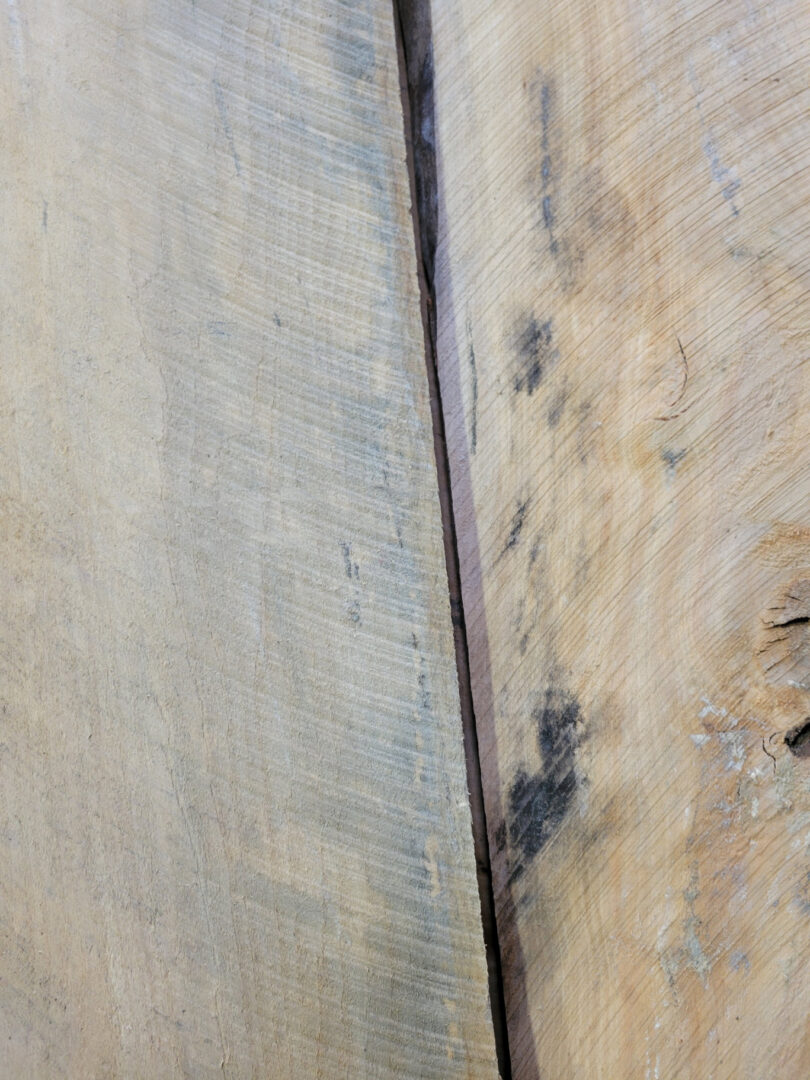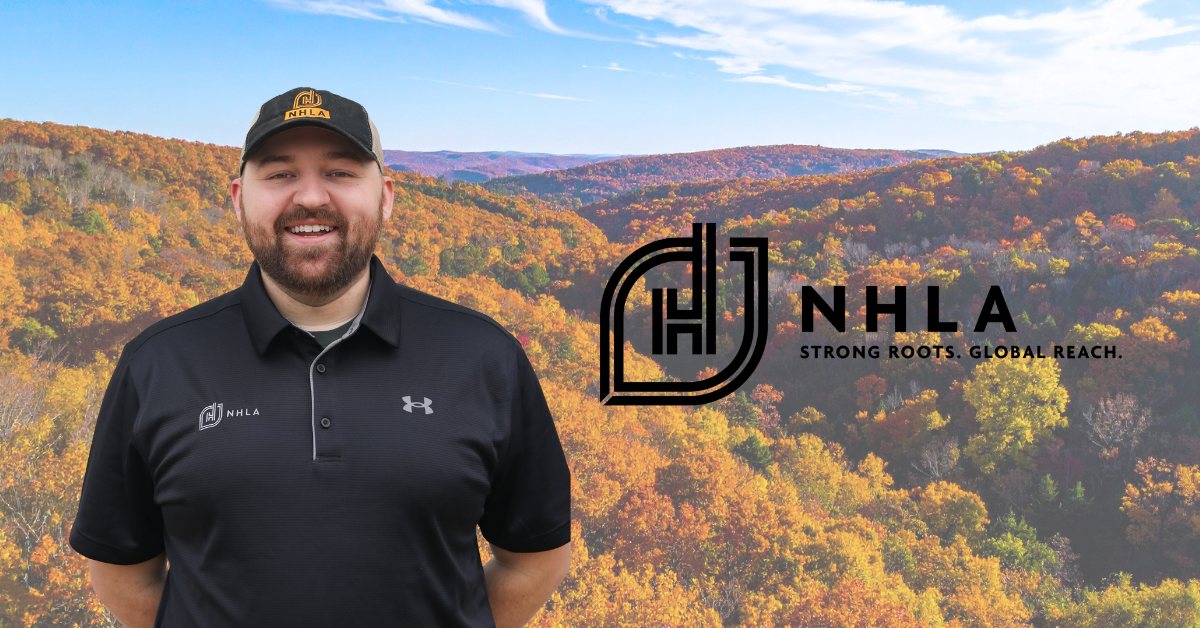The Veil of Stain:Sap, Fungal, Log and Blue
This month let’s discuss stain. Spring is the time for rain and staining for hardwood logs and lumber. Stain comes in various forms and causes, making it very difficult for lumber inspectors to identify whether it is a defect!

LET’S DISCUSS THE MOST COMMON TYPES OF STAINS AND SOME OF THEIR CAUSES.
Sap, fungal, log, and blue stain all share a common culprit-fungus. This pervasive fungal stain is triggered by fungus spores that release chemicals, inducing a color change in the wood. It’s important to note that this type of stain is unlikely to be present in the heartwood and may only manifest as black or gray streaks. While numerous treatments are available to curb or slow the growth of these fungal stains, it’s crucial to remember that the damage cannot be reversed once done.
Chemical or enzymatic stains happen when chemicals in the wood react to air to form a new chemical that is darker in color. This type of stain is primarily due to slow drying conditions and worsened by improper log storage and poorly maintained dip tanks. An illustration of this type of reaction is the effect of taking a bite out of an apple. When exposed to air, the flesh of the apple typically turns brownish.
Iron staining happens by a chemical reaction between extractives in the wood and iron in steel products, such as nails, screws, and other fasteners. Eliminating or reducing any contact with bare metals while handling green lumber is an excellent way to reduce the impact of iron staining. Also, many dip tanks for fungal staining can set the pH balance of the dip chemicals to remove the iron stain from the surface. Usually, you can remove the stain by surfacing the lumber a small amount. However, many foreign buyers do not understand the process of converting lumber into products, so it is best to keep the stain off the lumber altogether if possible.
LET’S NOW DISCUSS HOW STAIN IS TREATED WHEN GRADING HARDWOOD LUMBER.
Three defects are allowed in a clear face cutting if they can be removed by surfacing to a standard surface thickness: stains, checks, and warp. Unfortunately, Hardwood Inspectors typically do not have a planer handy to run the lumber through, so they must use experience and good judgment to determine if the stain will surface off.
Over the years, Inspectors have employed numerous methods to remove or attempt to remove outer layers of wood to help make the decision. One method is to sharpen an edge of the lumber rule and scratch the surface of the stained area to see if it will come out. Another method is to use a power hand planer, preferably a battery-powered version, for convenience.
In the end, it’s best to stop or eliminate the staining problem before it reaches the logs and lumber, but when it does, give the Inspectors the tools they need to make the correct call and ensure that it does not create a bigger problem with your customers.
Send your lumber grading rules questions to [email protected] or call me at 901-399-7551.
By Chief Inspector Dana Spessert
Share:
Related News & Blog

November 5, 2025

November 5, 2025
Questions?
Have questions or need any assistance regarding the NHLA Annual Convention & Exhibit Showcase?
